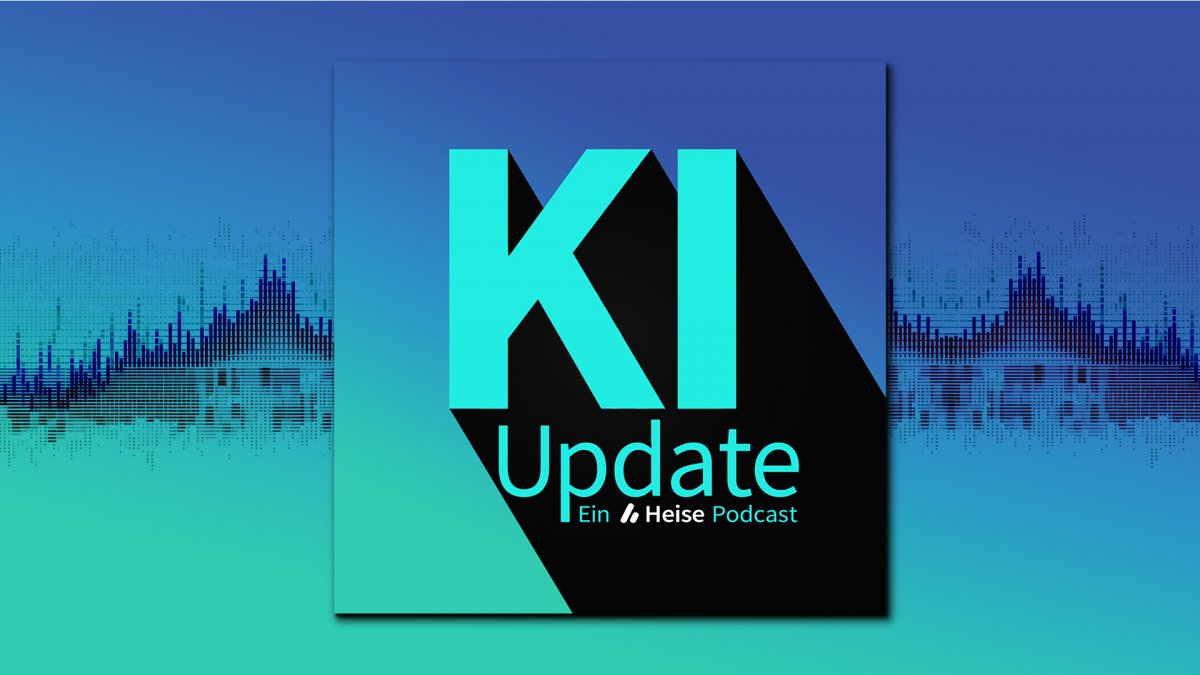In recent months, teachers have been expressing concerns about how ChatGPT, an AI tool that generates essays and theses, is making their work more difficult. While the Large Language Model can answer some questions accurately, it often produces nonsensical responses that sound plausible and credible. Manufacturers of language models, including OpenAI, are also worried about the widespread distribution of machine-generated nonsense. As a result, tools such as gptzero and Originality.ai have emerged to detect texts created by ChatGPT.
The AI Text Classifier, released by OpenAI, is specifically designed to identify ChatGPT-generated texts. Wolfgang Stieler from MIT Technology Review explains that GPTzero is aimed at students who want to test the authenticity of machine-generated texts, while other detectors focus on detecting fake papers or using them for marketing purposes. Researchers at the University of Kansas have developed an algorithm that can accurately determine whether a scientific text was written by an AI with 99 percent accuracy. The algorithm identifies differences in vocabulary richness, paragraph length, punctuation usage, and the presence of specific language used by human authors.
However, Stieler emphasizes that these detection methods are limited and only applicable to certain scientific papers written in English. Therefore, it is crucial to adopt a critical approach and check the validity of information generated by language models. Stieler advises individuals to question, challenge, and verify sources, similar to how one would fact-check news articles online. While language models can assist in certain tasks, relying too heavily on their artificial intelligence is not advisable.
For more information on artificial intelligence and its impact on everyday life, readers can refer to the current issue of the MIT Technology Review.



